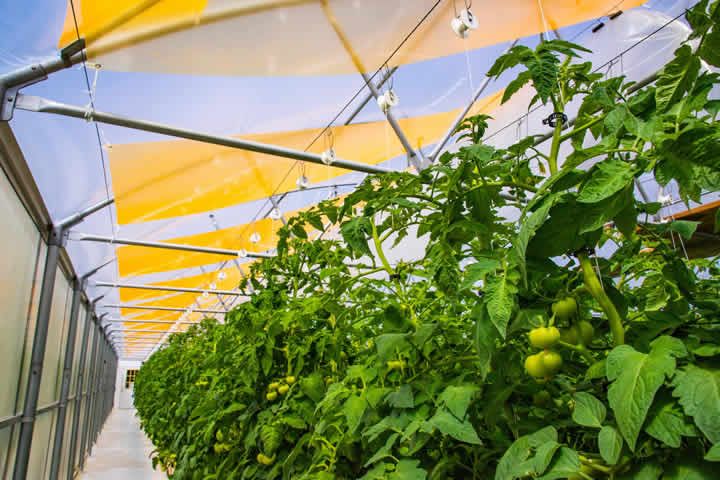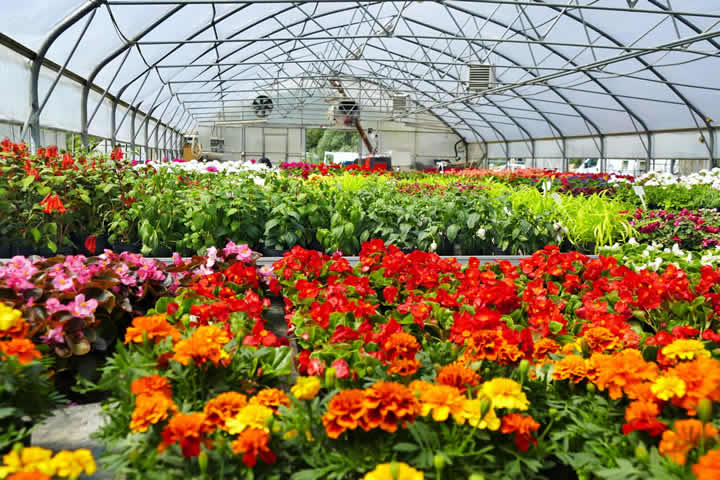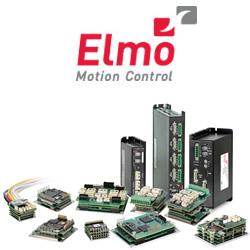This blog discusses the range and scientific principles behind various cover materials including polycarbonate, plastic, and UbiGro covers, to understand their operating efficiency and impacts on plant growth.
 The Science of Agricultural Covers: Boosting Plant Growth Potential
The Science of Agricultural Covers: Boosting Plant Growth Potential

Article from | UbiGro
Controlled environments have revolutionized agriculture by extending growing seasons and improving plant yields. While high-tech structures exist, such as glass-glazed greenhouses, other low-tech options like tunnels and hoophouses are less costly to build and require covers.
A cover material is central to efficient plant growth, playing crucial roles in managing light, heat, moisture, and resulting plant health. This blog discusses the range and scientific principles behind various cover materials including polycarbonate, plastic, and UbiGro covers, to understand their operating efficiency and impacts on plant growth.
Light Transmission: Illuminating Plant Growth
A primary function of covers is to regulate light transmission. Different materials have distinct properties that affect the amount and type of light that crops receive.
Polycarbonate Panels: Provides ample light transmission and better insulation compared to plastic covers. They often include UV protection layers to prevent degradation and prolong working timespan.
Plastic Films: These covers, typically made from polyethylene or similar polymers, have varying levels of light transmission depending on their thickness and additives. Some plastic films actively block UV rays, while others evenly diffuse light to reduce shadows and promote uniform plant growth.
UbiGro Covers: UbiGro covers use advanced materials to enhance the light for plant growth. These covers utilize photoluminescent technology to convert UV and blue light into red and orange wavelengths, which are more efficient for photosynthesis. This results in improved plant growth, increased yields, and sped up life cycles for quicker crop turnover.
Heat Retention: The Greenhouse Effect in Action
Greenhouses work by trapping heat, a process known as the greenhouse effect. Cover material significantly influences heat retention in plant growth environments.
Polycarbonate Panels: Highly efficient at heat retention due to their insulating properties. Multi-wall polycarbonate panels create air pockets between the layers, which act as a buffer to reduce heat transfer from inside to outside of the structure. This design makes polycarbonate panels especially suitable for colder climates.
Plastic Films: Lightweight and can retain heat effectively, though they may need replacement every few years due to wear and tear. Innovations in plastic films have led to materials that better trap infrared radiation, enhancing heat retention.
UbiGro Covers: Lightweight and have similar heat retention to plastic films.
Moisture Control: Balancing Humidity and Condensation
Maintaining optimal humidity levels is crucial for plant health and water usage, affecting plant disease pressure, and water evapotranspiration from leaves and substrate. Choice of cover material impacts moisture control within the greenhouse.
Polycarbonate Panels: Less prone to condensation due to their insulation properties. Some panels come with anti-fog treatments to prevent moisture accumulation.
Plastic Films: Often include anti-drip coatings that reduce condensation buildup. They can also regulate humidity by allowing controlled water vapor permeability.
UbiGro Covers: Include anti-condensate additive to prevent condensation.

Durability & Longevity: Choosing for the Long Haul
The lifespan of greenhouse cover materials varies based on their composition and environmental exposure.
Polycarbonate Panels: Known for their durability and resistance to impact, polycarbonate panels can last up to 10 years or more. They require minimal maintenance and are less likely to degrade under UV exposure.
Plastic Films: These are cost-effective but have a shorter lifespan, typically lasting 1-4 years depending on the material quality and environmental factors such as UV radiation exposure, extreme temperatures, wind, and physical wear from handling or installation. UV-stabilized films can extend their lifespan.
UbiGro Covers: Similar lifespan, durability, and cost-effectiveness of plastic films.
Conclusion
Selecting the right cover material is essential for optimizing plant growth and operational efficiency. To aid in decision-making, here is a brief comparison of the pros and cons of each material:
- Polycarbonate Panels:
- Pros: Good insulation, durable, impact-resistant, longer lifespan (10+ years)
- Cons: Higher initial cost, can yellow over extended periods
- Plastic Films:
- Pros: Lightweight, cost-effective, customizable light diffusion.
- Cons: Susceptible to UV degradation, shorter lifespan (1-4 years)
- UbiGro Covers:
- Pros: Enhanced light spectrum aids in plant growth, lightweight, durable
- Cons: Relatively new technology, availability may vary
By understanding the science behind light transmission, heat retention, moisture control, and durability, greenhouse operators can make informed choices that best suit their specific agricultural needs.
The content & opinions in this article are the author’s and do not necessarily represent the views of AgriTechTomorrow
Comments (0)
This post does not have any comments. Be the first to leave a comment below.
Featured Product

